The Story Of How A Lost Box Of Tapes Changed John Lennon’s New Documentary….See More
It’s not often that a forgotten box of tapes that haven’t been touched in years – if not decades – changes the course of one of the most high-profile documentaries of the year. But that’s exactly what happened during the making of One to One: John & Yoko, the powerful new film co-directed by Kevin Macdonald and Sam Rice-Edwards.
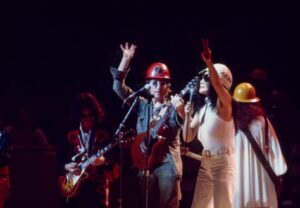
The documentary focuses on John Lennon and Yoko Ono’s brief-but-transformative time living in New York’s Greenwich Village from 1971 to 1973, and it’s built around the couple’s One to One benefit concerts at Madison Square Garden.
The shows, held in August 1972, were Lennon’s only full-length live solo performances after the Beatles split. They took place during a moment of intense political activism in the U.S., as well as one of personal reinvention for the musicians, all as Nixon’s second administration was just starting…and then unraveling.
Thanks to newly uncovered archival audio recordings, including intimate phone conversations, the film offers a rare and unusually personal look at Lennon and Ono’s private lives during one of their least understood periods.
“Simon Hilton… found this box of tapes that no one had touched in decades,” One to One: John & Yoko co-director Sam Rice-Edwards explained during a recent conversation. “It was really a special moment — it was exactly what we were after.”
The tapes, discovered deep within the Lennon Estate’s archives in New York City, contained recordings of phone calls from when he and his wife lived in Greenwich Village for a time. They taped every conversation, and talks between Lennon and music industry professionals and journalists, as well as several between Ono and others, are used plainly in the film.
Fans get to hear them just as they were decades ago. Lennon trying to set up a failed tour of America. Ono defending herself against attacks from the press.
Combined with painstakingly restored footage from the One to One concerts, these recordings allowed the filmmakers to build a documentary that feels less like a conventional rock doc and more like an immersive experience.
“We tried to make a film where you could hang around with John and Yoko in 1972 and see that time through their eyes,” Rice-Edwards said. That approach turns everyday moments — answering phones, preparing art exhibitions, sitting in front of the TV — into revelatory insights about two artists that the world can’t seem to get enough of.
It’s hard to find a new and interesting way to cover a musician who has already been the subject of countless pieces of media, and the accomplishment of that goal is one of the great successes of One to One: John & Yoko.
The result has clearly resonated with audiences. One to One: John & Yoko has already grossed more than $600,000 at the global box office, which is an impressive number for an archival-heavy documentary.
In our conversation, Rice-Edwards spoke about the archival discovery and how it completely changed the making of this movie, the challenges of piecing together decades-old material, and why he believes the “mundane” moments tell us more about John and Yoko than any polished biography ever could.
Hugh McIntyre: Sam, I watch a lot of music documentaries, and I’m always thrilled when I get to the end of one and I’ve learned something and experienced something different. So I want to congratulate you on that.
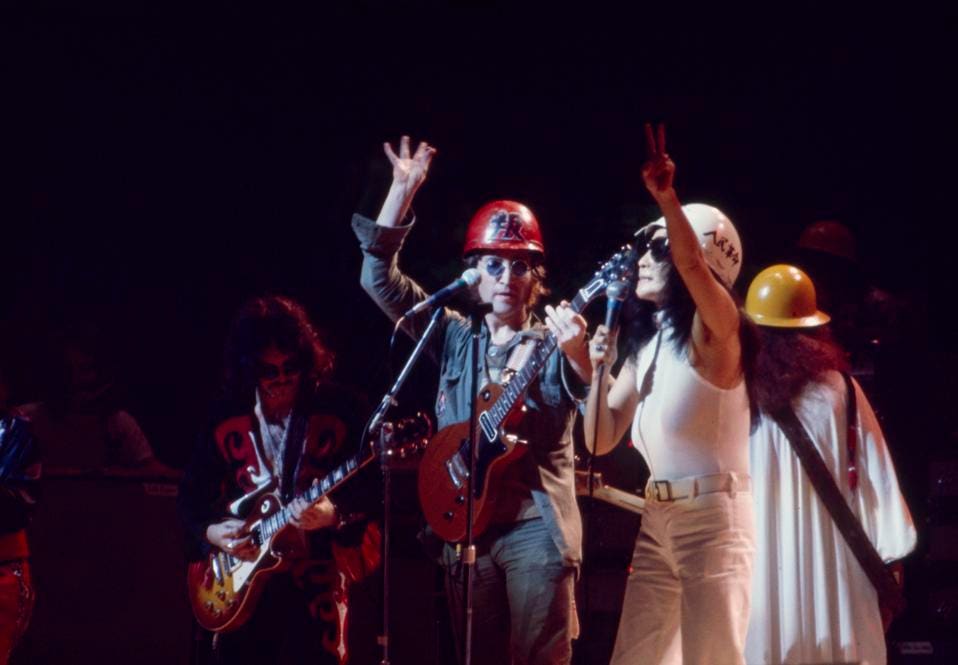

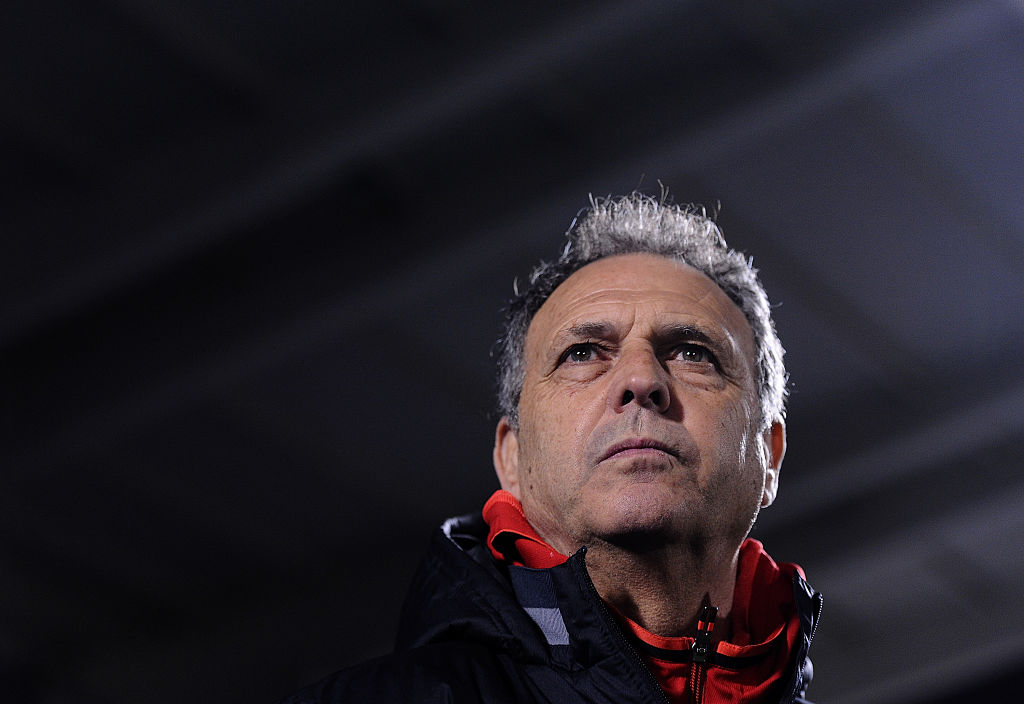
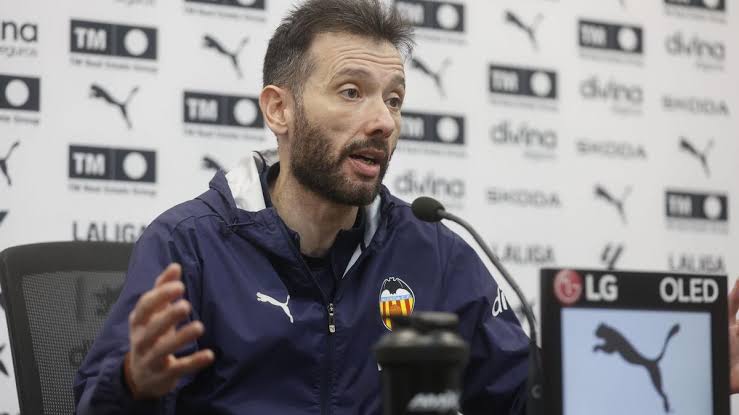
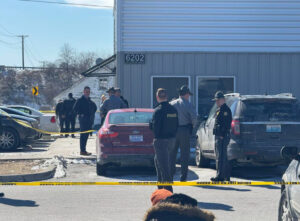


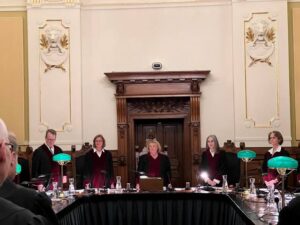
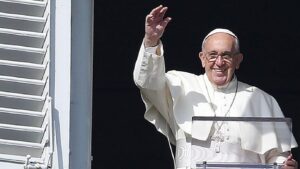

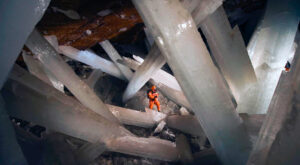


Post Comment